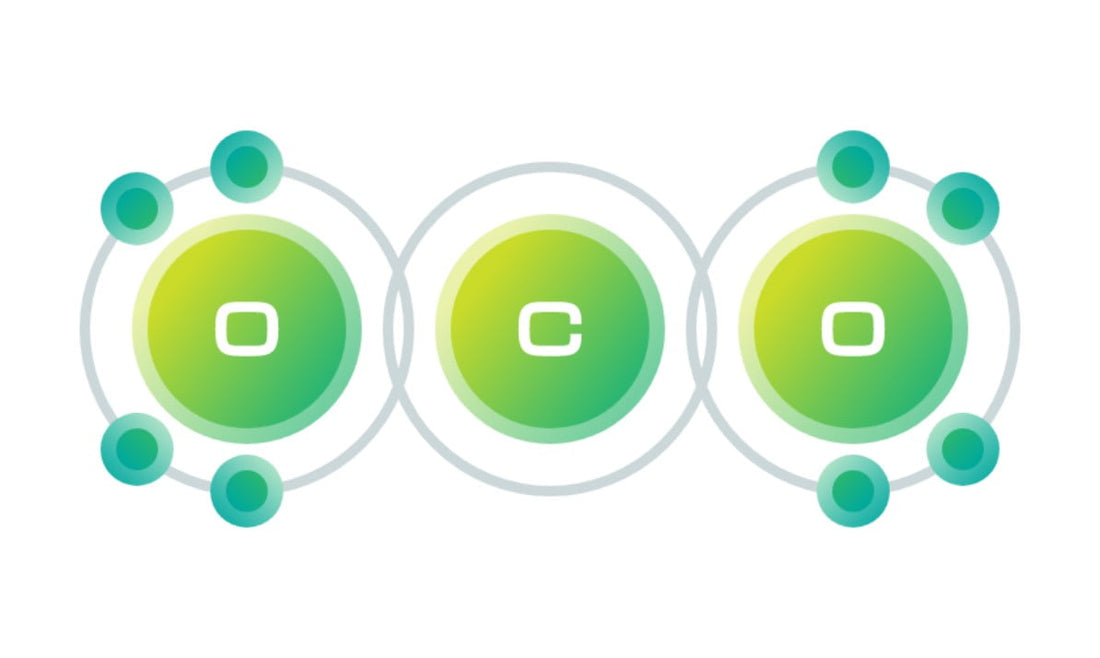Carbon sequestration refers to the capture and long-term storage of carbon dioxide (CO₂) from the atmosphere or point sources such as industrial emissions. The goal is to prevent this greenhouse gas from contributing to global warming by locking it away in geological formations, natural ecosystems, or engineered systems.
There are three main types of carbon sequestration:
- Geological Sequestration: Injecting CO₂ into underground rock formations (e.g. saline aquifers, depleted oil fields)
- Terrestrial Sequestration: Using forests, soil, and plants to naturally absorb and store CO₂
- Technological Sequestration: Capturing CO₂ through direct air capture (DAC) or industrial filters, then storing it
In this article, we’ll break down the basics of carbon sequestration, explain its role in emissions reduction strategies, and explore how ASTG supports accurate measurement and verification of sequestered carbon for regulatory and sustainability goals.
Why It Matters: The Climate Impact
CO₂ is the primary greenhouse gas driving climate change. Reducing emissions is essential—but for hard-to-abate sectors like cement, steel, and energy, carbon sequestration offers a practical path forward.
By capturing and storing carbon, companies can:
- Offset emissions that can’t be eliminated
- Extend the lifespan of fossil-based infrastructure while reducing net impact
- Qualify for environmental tax credits and sustainability incentives
Governments and international climate bodies increasingly include sequestration in emissions reduction targets and climate accords.
Measuring and Verifying Sequestration Efforts
Capturing carbon is just the first step. To meet regulatory requirements and claim environmental benefits, organizations must measure, report, and verify (MRV) their carbon sequestration activities with precision.
Key MRV requirements include:
- Accurate measurement of captured CO₂ volumes and purity
- Documentation of injection or storage conditions
- Monitoring for leaks or unintended releases over time
- Compliance with standards from bodies like the U.S. DOE, EPA, or IRS
ASTG Solutions for Carbon Sequestration Monitoring
ASTG provides specialized gas analysis systems and digital tools that support every stage of the sequestration process—from initial capture to long-term compliance.
AirBreather for Sequestration Monitoring
This version of our AirBreather system is optimized to measure and validate CO₂ concentration and purity before and after capture. It ensures that the gas meets the requirements for injection and long-term storage.
Decarbonization Qualification System
ASTG’s digital platform allows organizations to log, document, and certify their sequestration efforts. This system supports transparency and third-party verification for government incentives or sustainability audits.
Continuous Gas Analysis
Our gas purity monitoring systems (GPMS) and CQC platforms deliver real-time data, alerts, and reports to ensure that all gas handling systems maintain compliance with environmental and industrial standards.
Regulatory and Financial Incentives
Carbon sequestration is often linked to financial incentives, such as:
- Section 45Q tax credits (U.S.): Available for CO₂ captured and stored in approved ways
- Carbon offset markets: Verified CO₂ reductions can be sold as credits
- Corporate ESG reporting: Demonstrating carbon reductions enhances transparency and investor confidence
ASTG systems play a crucial role in helping businesses meet the verification standards required for these benefits.
Building a Low-Carbon Future
Carbon sequestration alone won’t solve climate change, but it’s a powerful tool in the broader decarbonization toolkit. For industries where eliminating emissions is technically or economically challenging, sequestration enables meaningful action now.
With advanced measurement and compliance tools from ASTG, companies can turn environmental responsibility into operational value—reducing emissions while unlocking new revenue and reputational advantages.
Learn More
To discover how ASTG supports industrial and energy companies in their carbon sequestration strategies, visit our Carbon Sequestration Solutions page.
Need help planning your MRV strategy? Contact us to learn how ASTG can provide tailored gas analysis systems and support services for your sequestration goals.

